White is the new black, at least in terms of being the cool color, especially when it comes to minimalist product designs. That said, it can apparently also be literally cool, at least in one form that could also save the world if adopted as a global standard. Pure white isn’t a color you often paint on houses and buildings, but you might actually be tempted to coat your dwelling with the world’s whitest paint for its “extra features” and not because of its aesthetic value (depending on your tastes). Apparently, this ultra-white material is so white that it actually reflects sunlight and the heat that it brings, allowing the surface and, consequently, the building to keep naturally cool, reducing the use of air conditioning machines and electricity, and saving the planet in more ways than one.
Designers: Xiulin Ruan, Purdue University Engineers
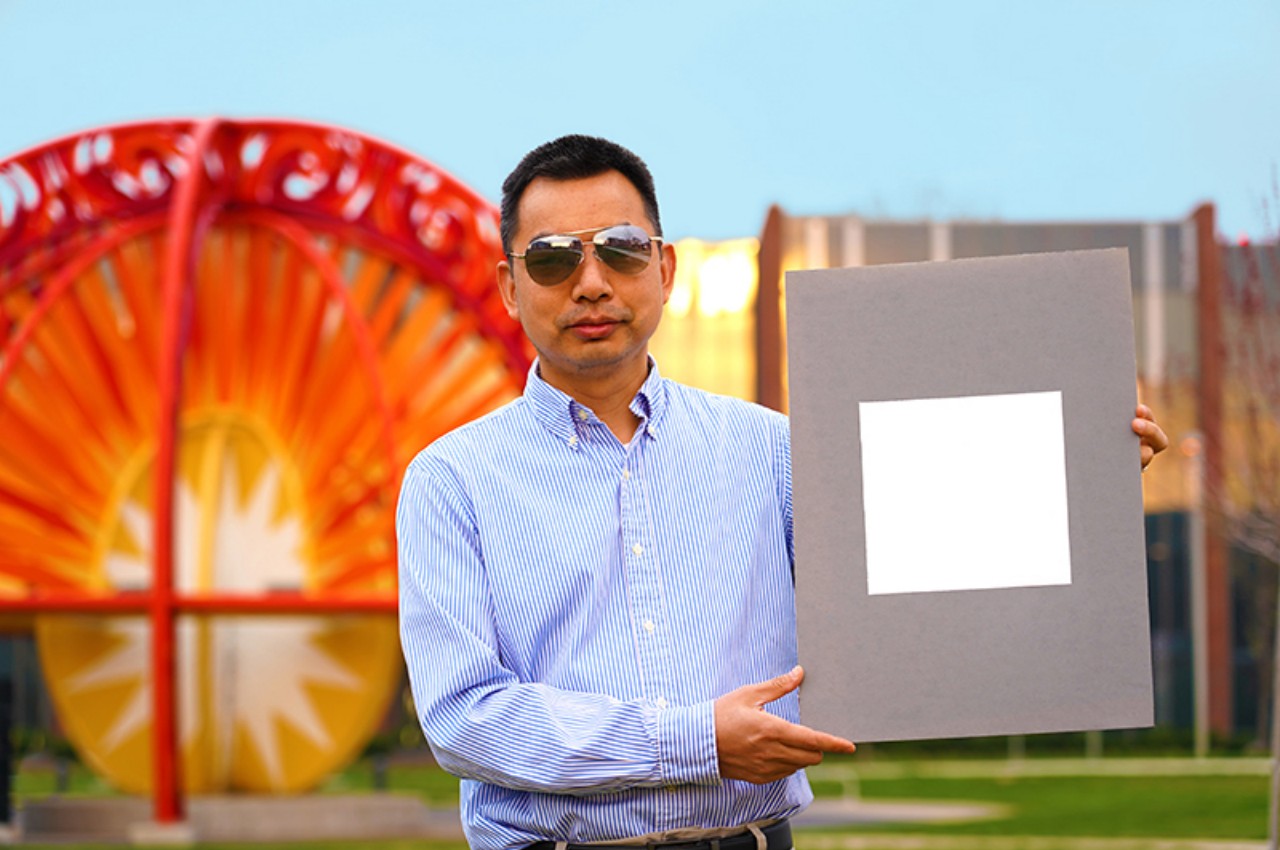
Although psychology can play an important role in the choice of colors, so can physics, especially when considering how certain colors and materials can have an effect on the light that touches and bounces off it. Black is black because it absorbs light and doesn’t reflect it back to our eyes, while white is the opposite, reflecting all the colors of the spectrum. When it comes to sunlight, however, it isn’t just light that is reflected but also heat that is sent back to the atmosphere.
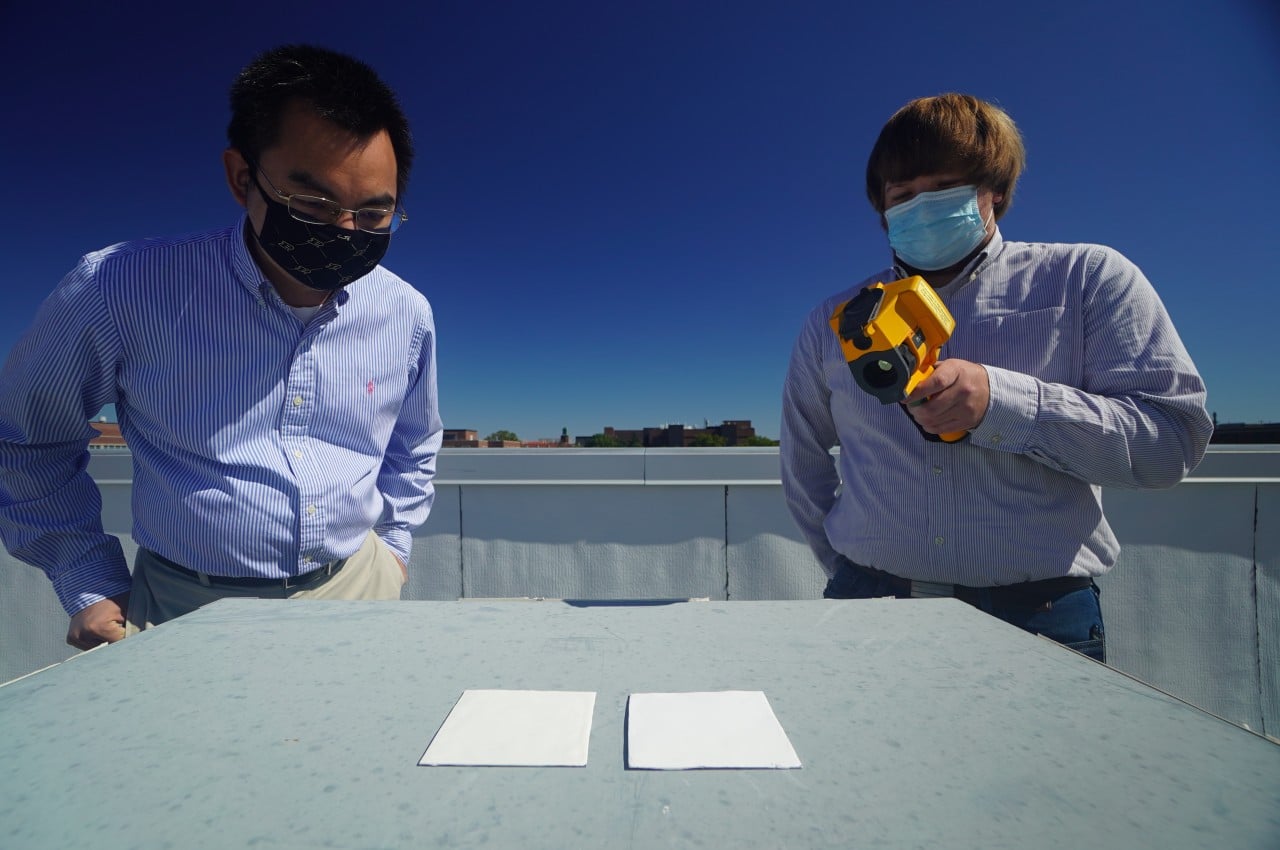
This is the kind of effect that Purdue University researchers were aiming for in order to create a more sustainable way to keep surfaces, roofs, and buildings cool without having to use electrical or chemical methods. In this case, the paint’s ability to reflect sunlight is so good, up to 98.1%, that it can effectively cool down the surface it’s on by as much as 18°F (-7.8°C). This means that a building is less likely to absorb heat from sunlight, which effectively translates to savings in energy and money by reducing the need for cooling machines inside.
The whitest paint on Earth also has a second effect that could help save our planet. Because it reflects the heat coming from the sun, it can effectively offset the greenhouse effect that heats up the planet. Best of all, that waste heat doesn’t just get moved to the surface of the atmosphere but goes outside the planet and into outer space.
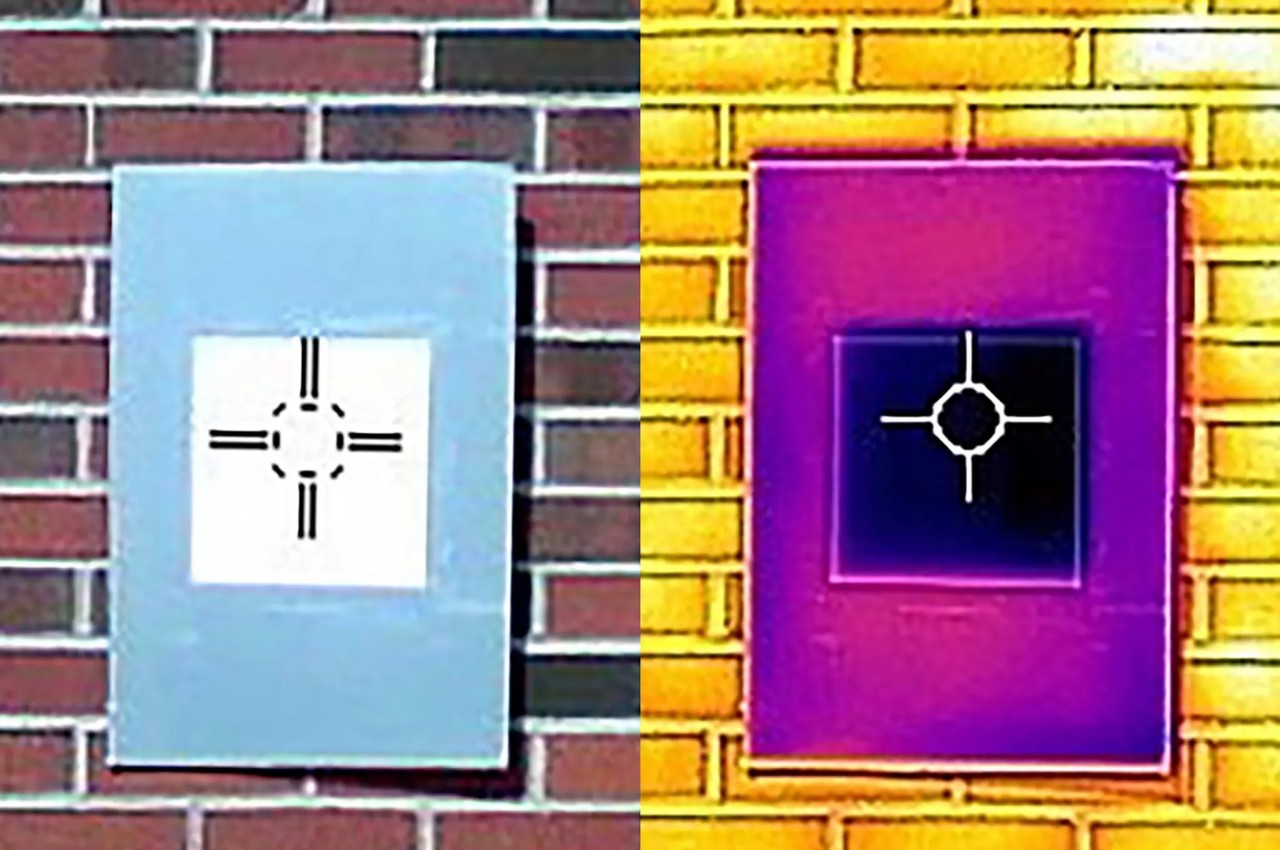
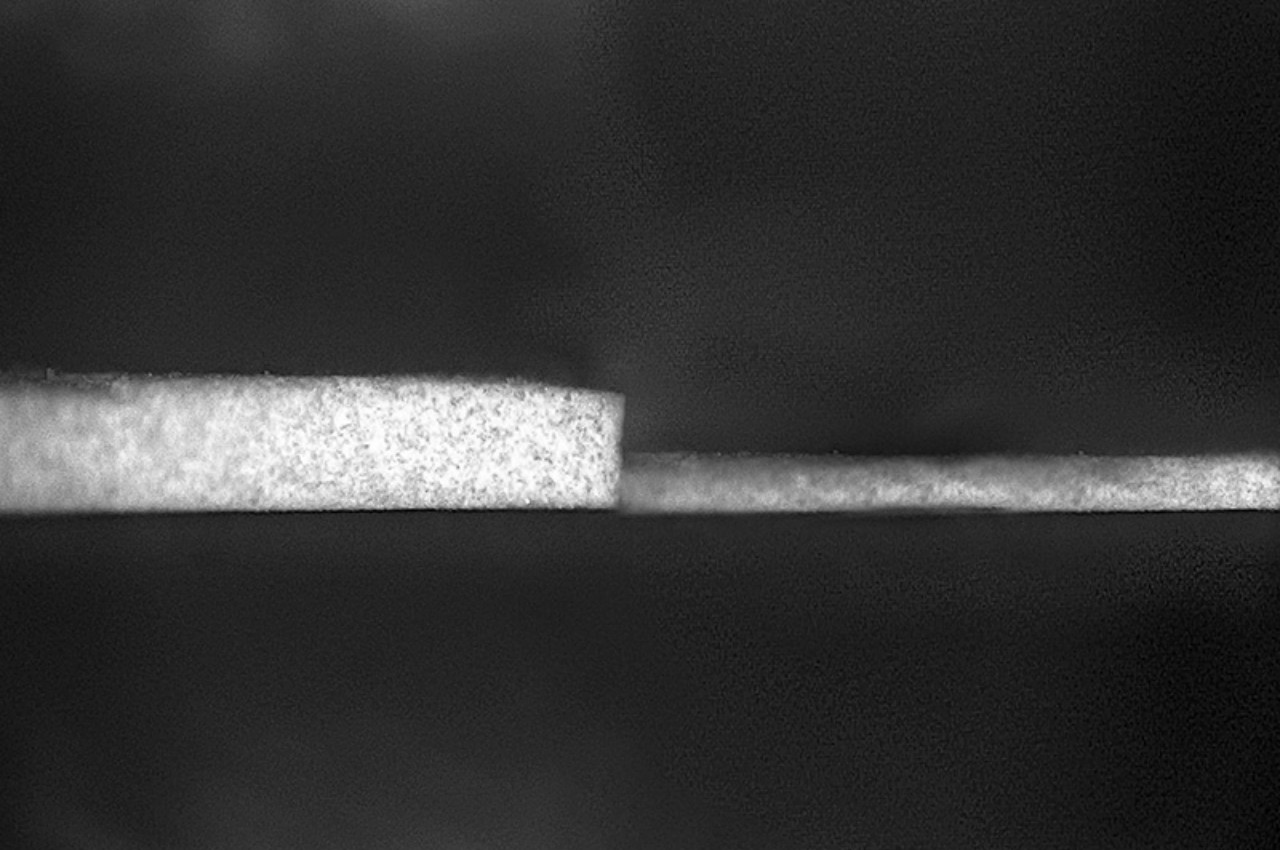
Purdue University researchers have created a new formula for the world’s whitest paint, making it thinner and lighter. The previous iteration (left) required a layer 0.4 millimeters thick to achieve sub-ambient radiant cooling. The new formulation can achieve similar cooling with a layer just 0.15 millimeters thick. This is thin and light enough for its radiant cooling effects to be applied to vehicles like cars, trains and airplanes. (Purdue University photo/Andrea Felicelli)
This seemingly magical super-reflective property of the world’s whitest paint is thanks to barium sulfate, the same chemical compound used in white photo paper and cosmetics. Because it scatters the light it reflects, it doesn’t blind anyone who wants to bear witness to its all-white beauty. There are still ways for the paint to be improved, especially when it comes to its quality and durability, but there seem to already be many manufacturers and industries interested in putting this innovative whitest paint that could save you money and the planet in the long run.
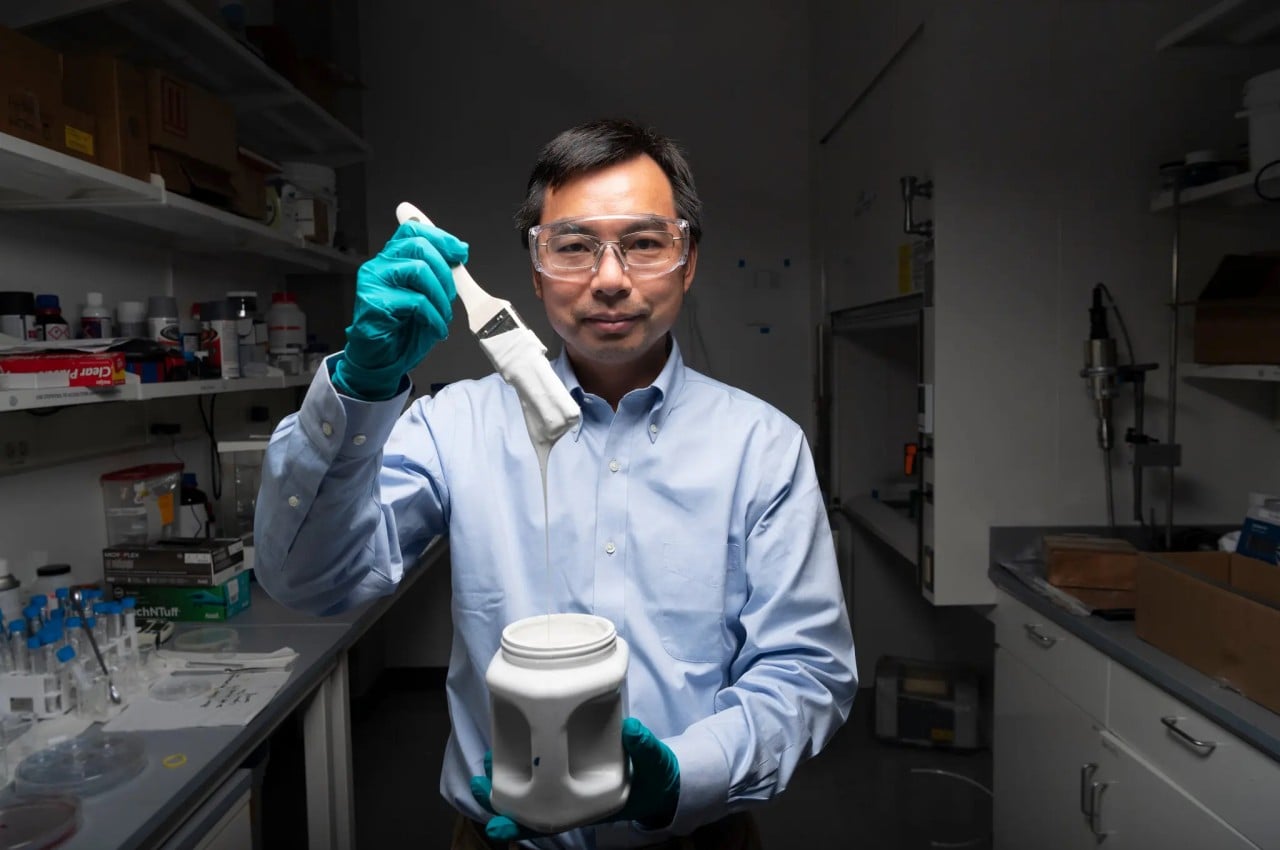
The post How the world’s whitest paint can keep buildings cool while also saving the planet first appeared on Yanko Design.
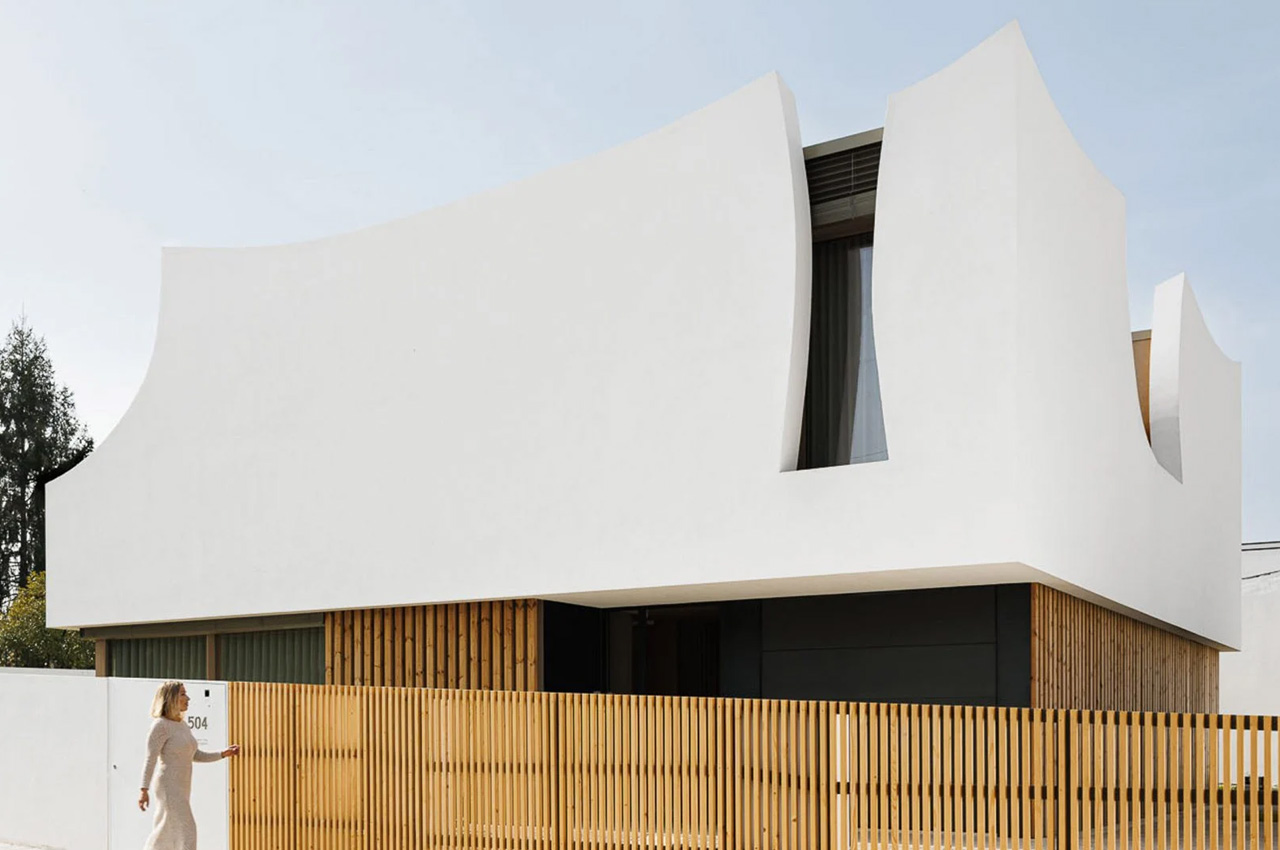
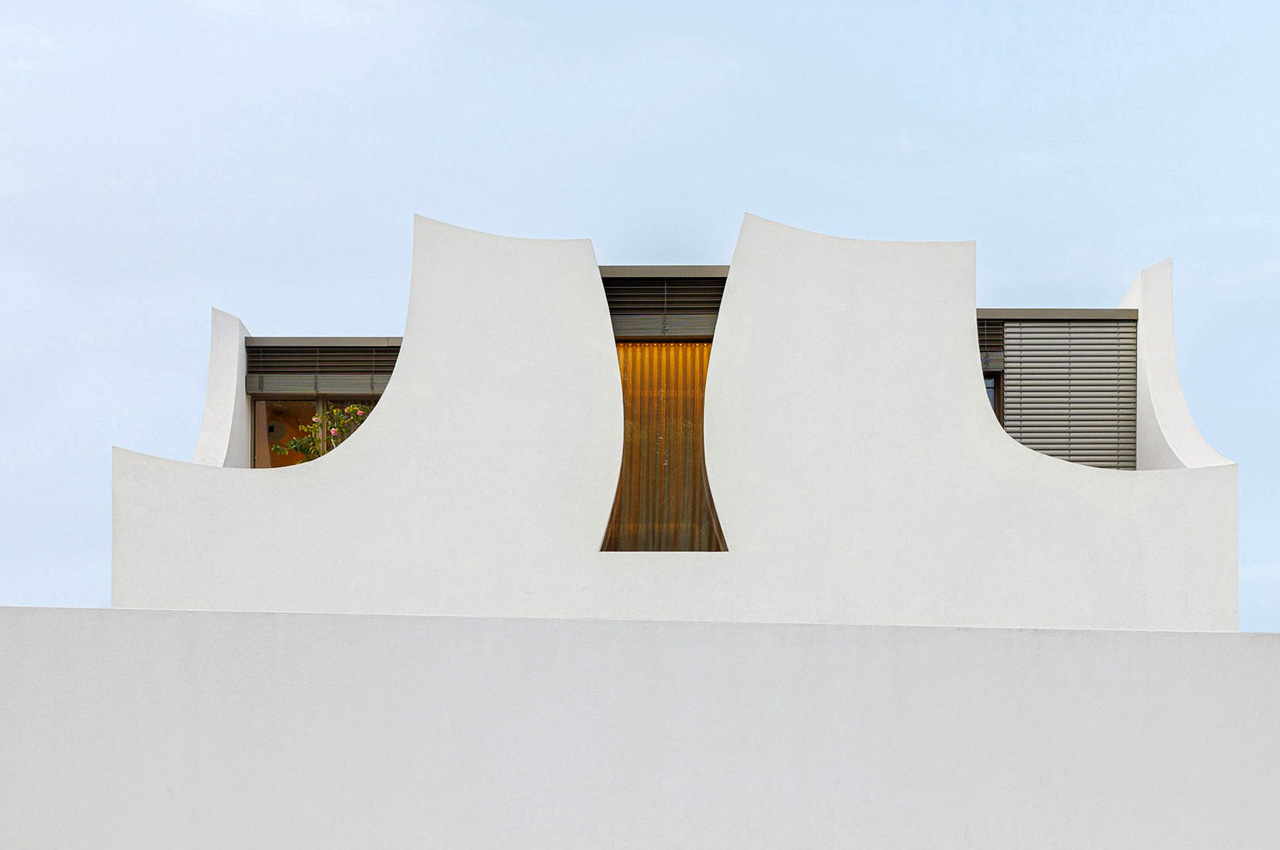
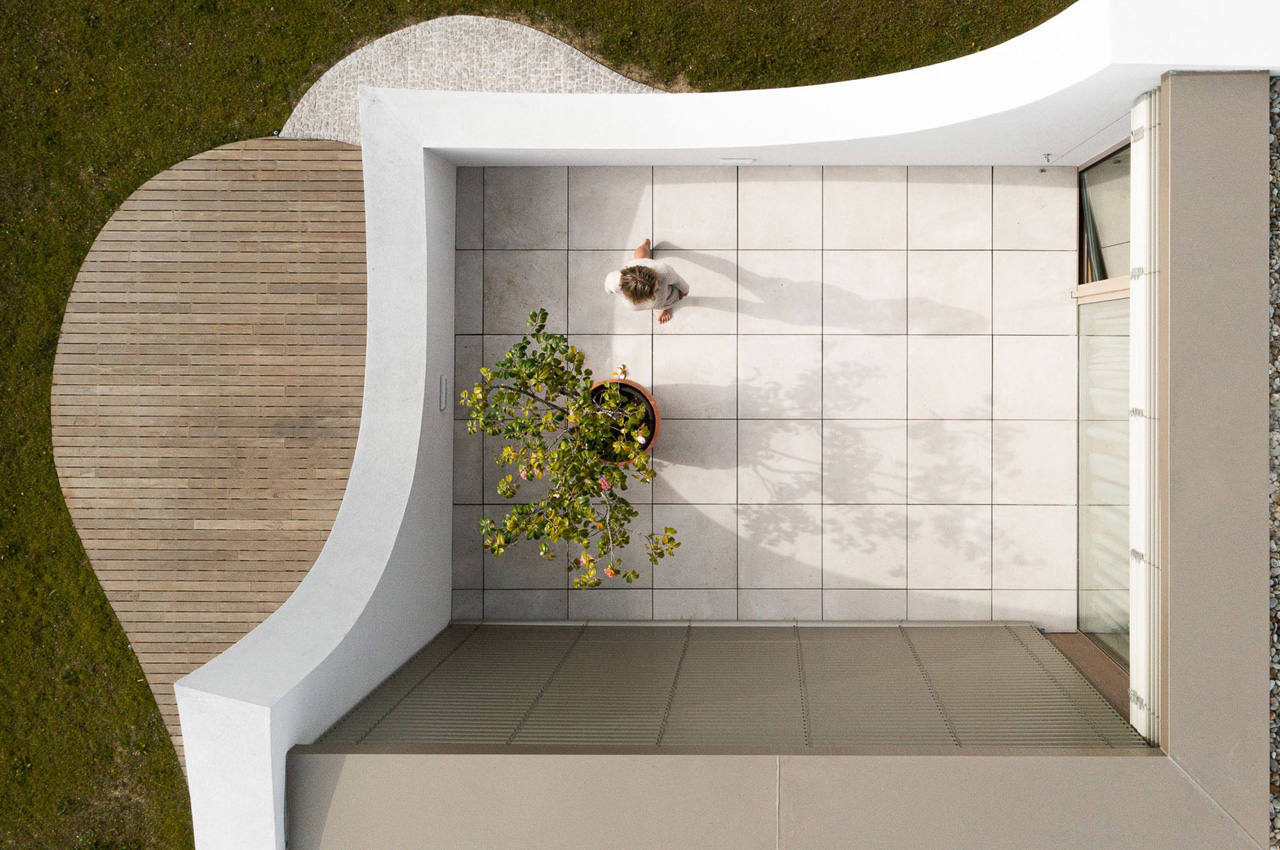
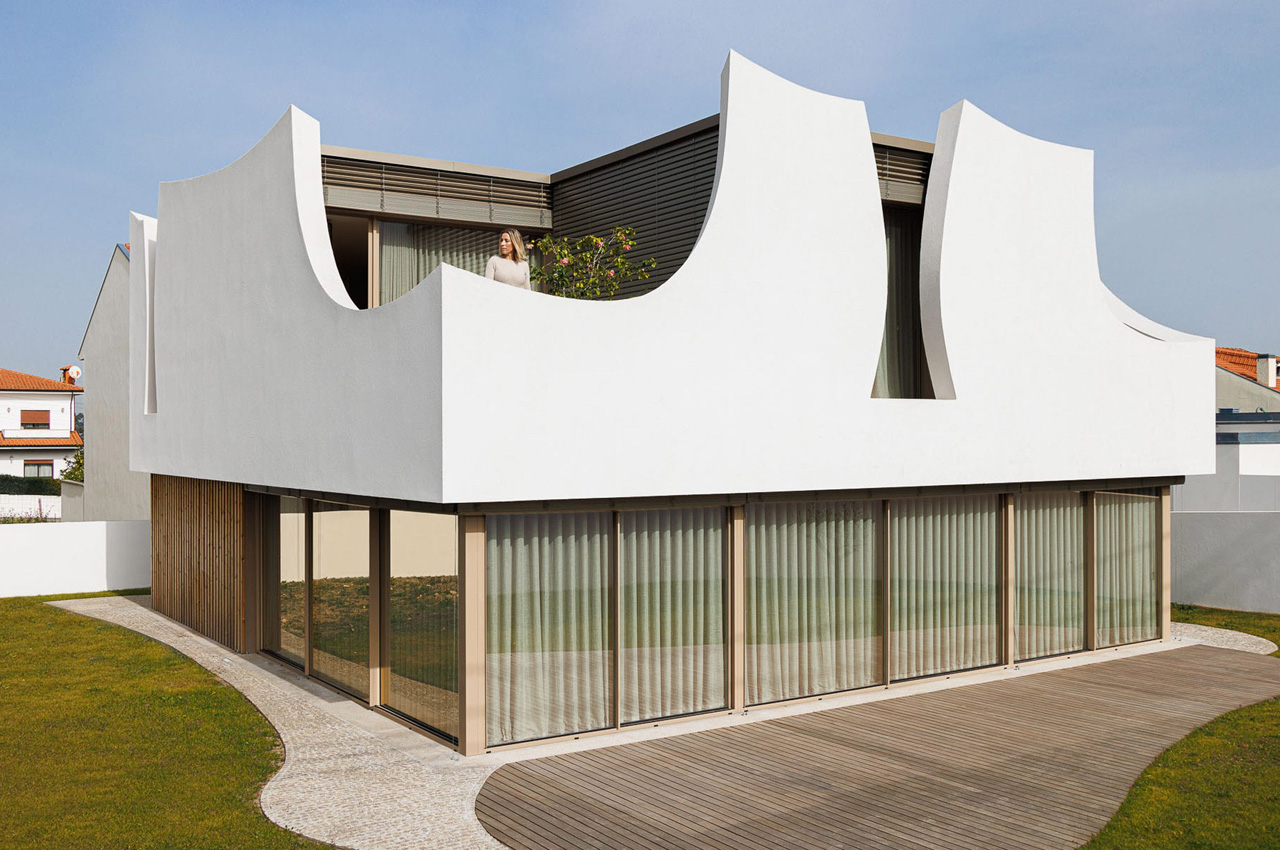
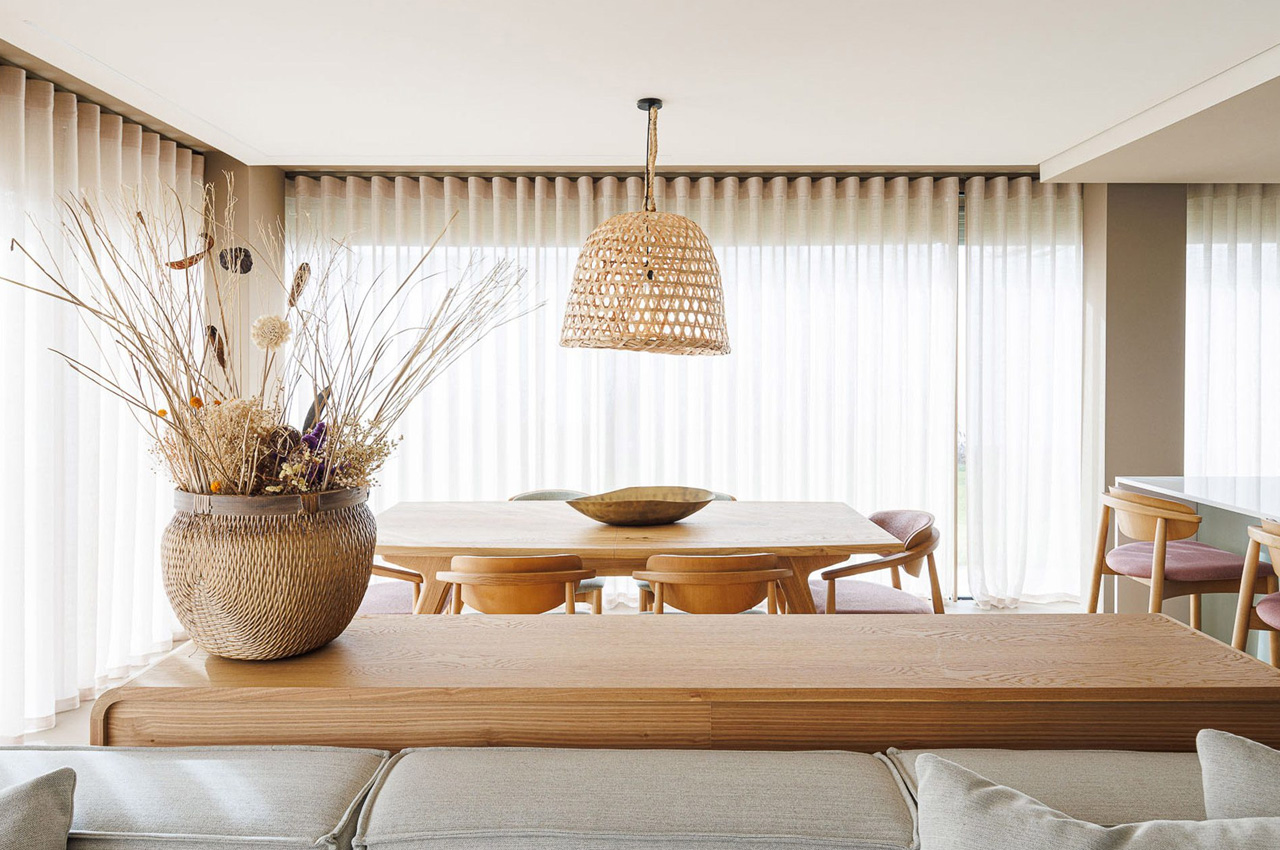
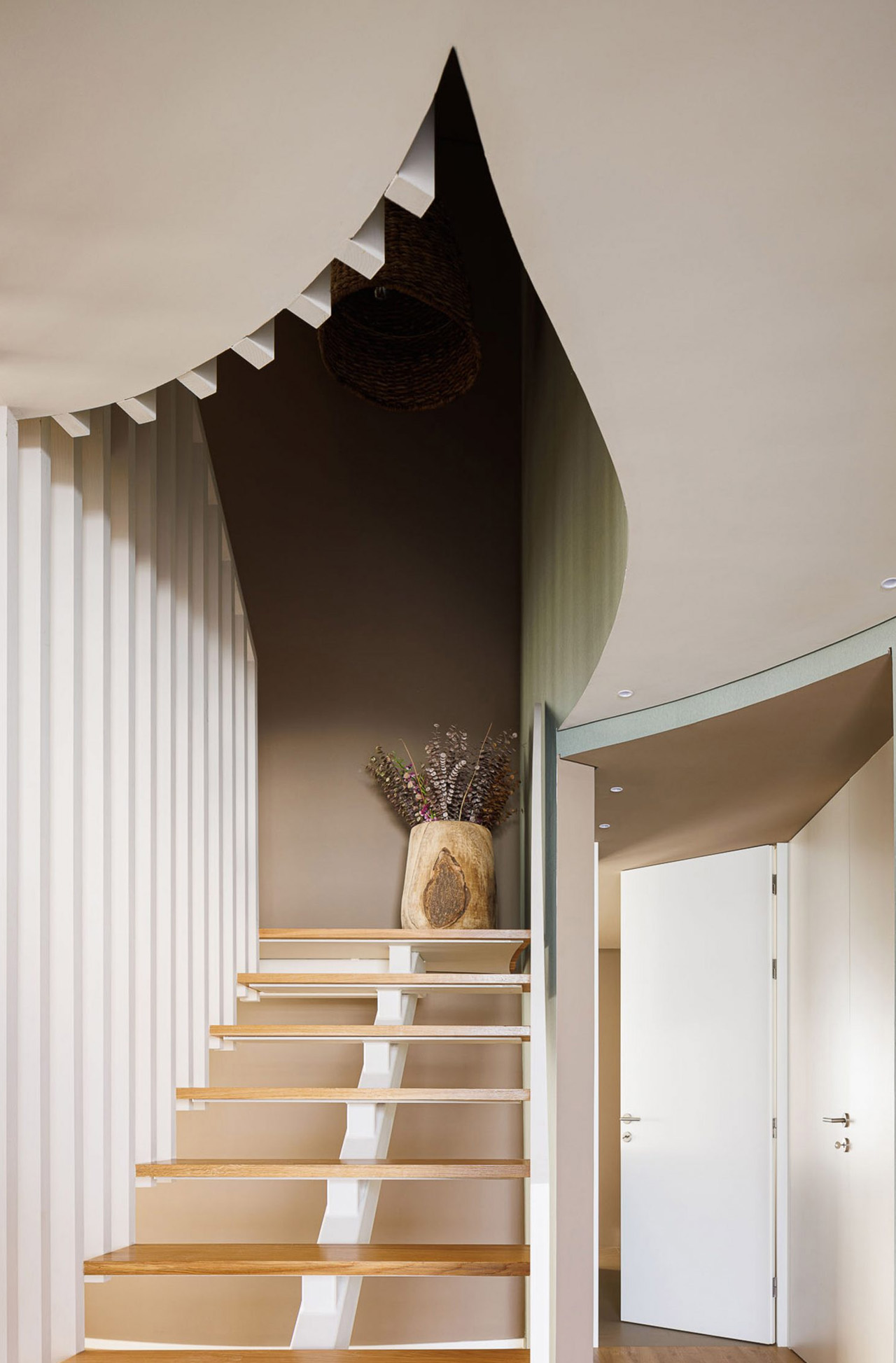
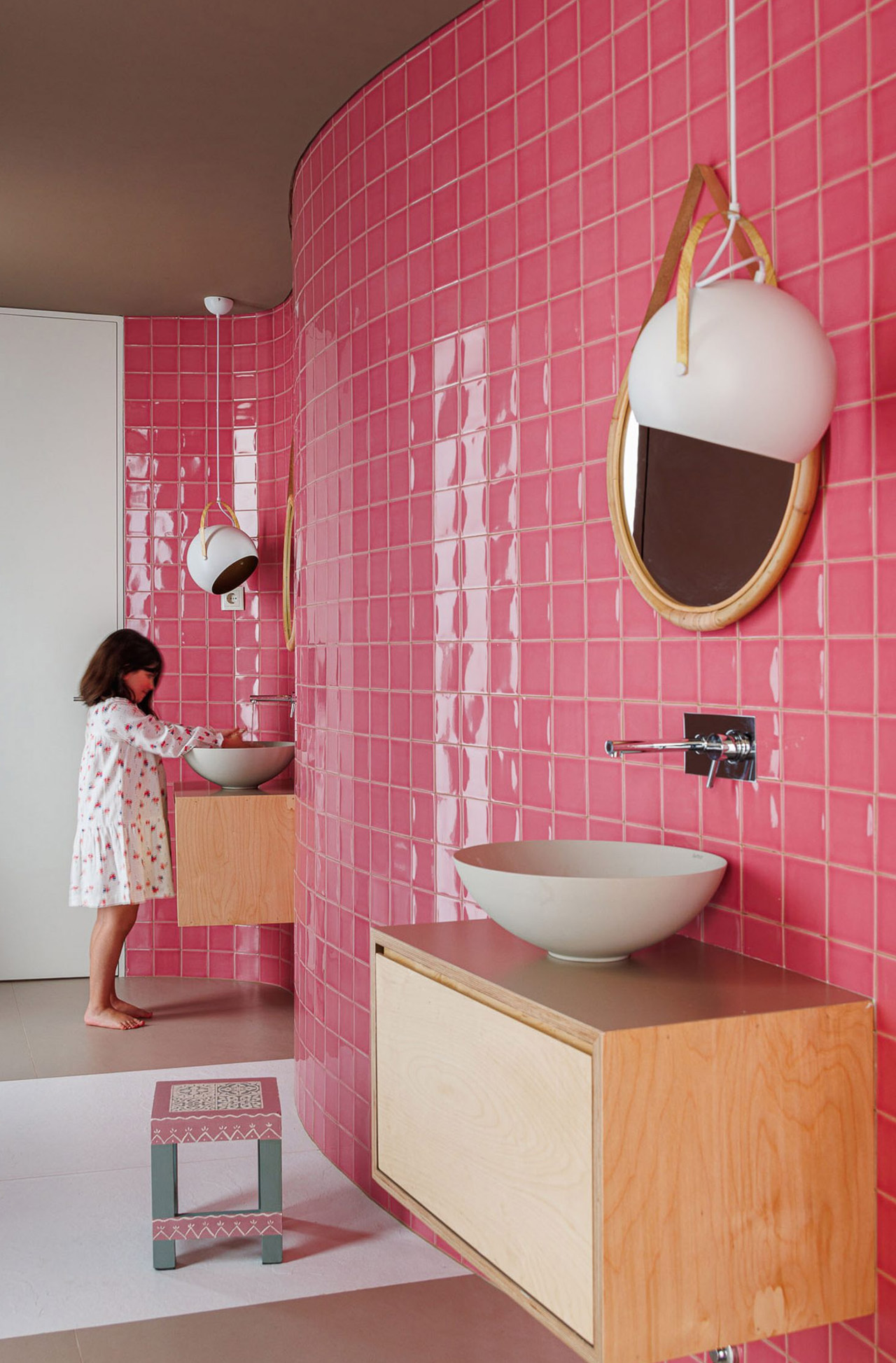
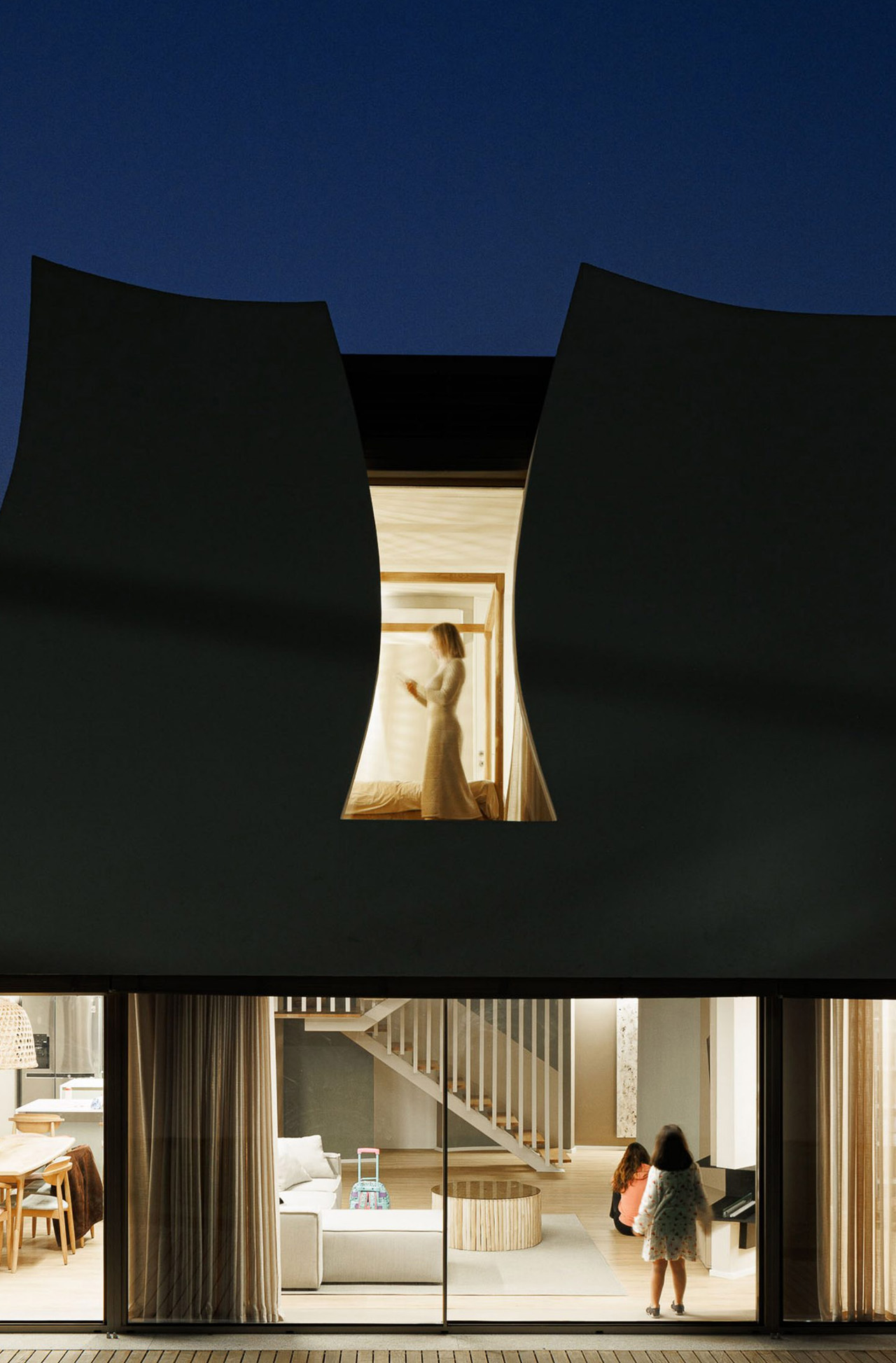
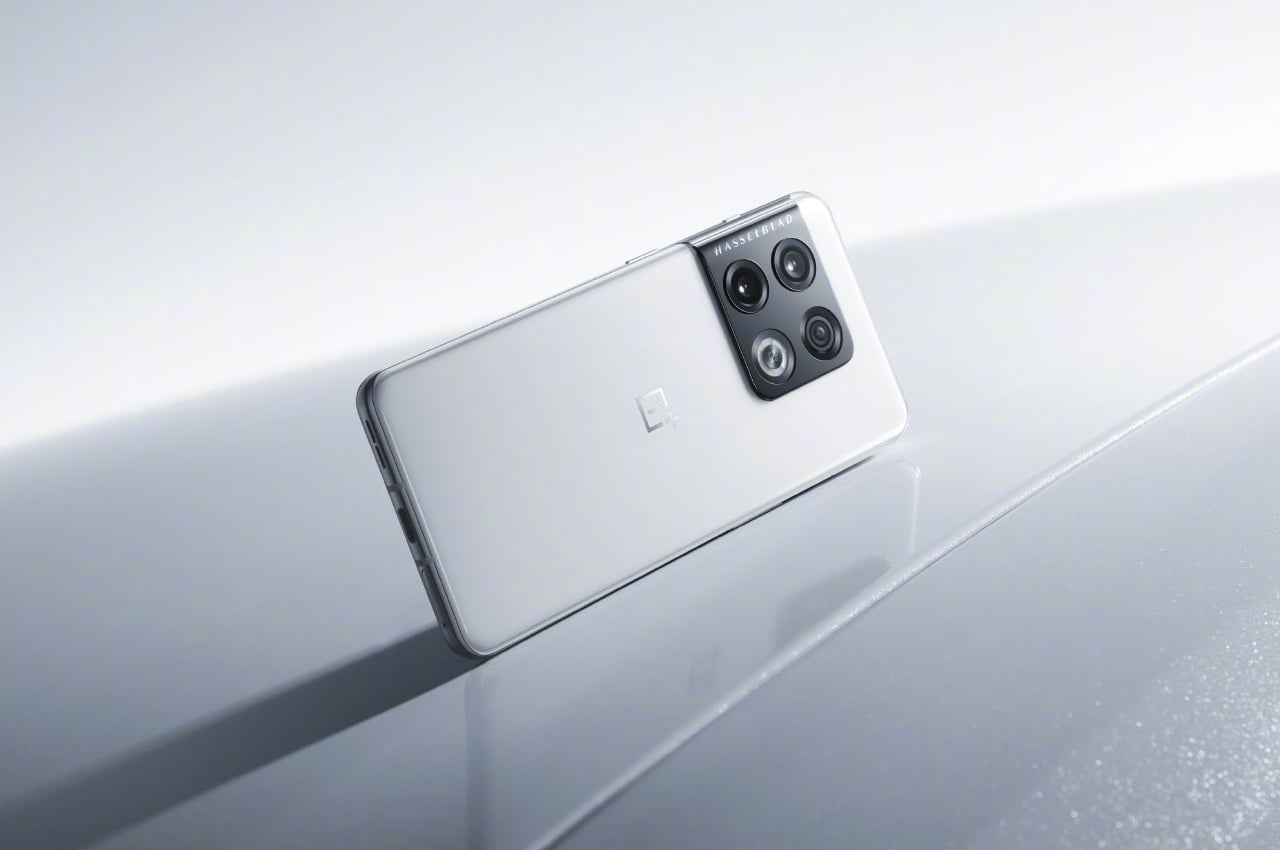

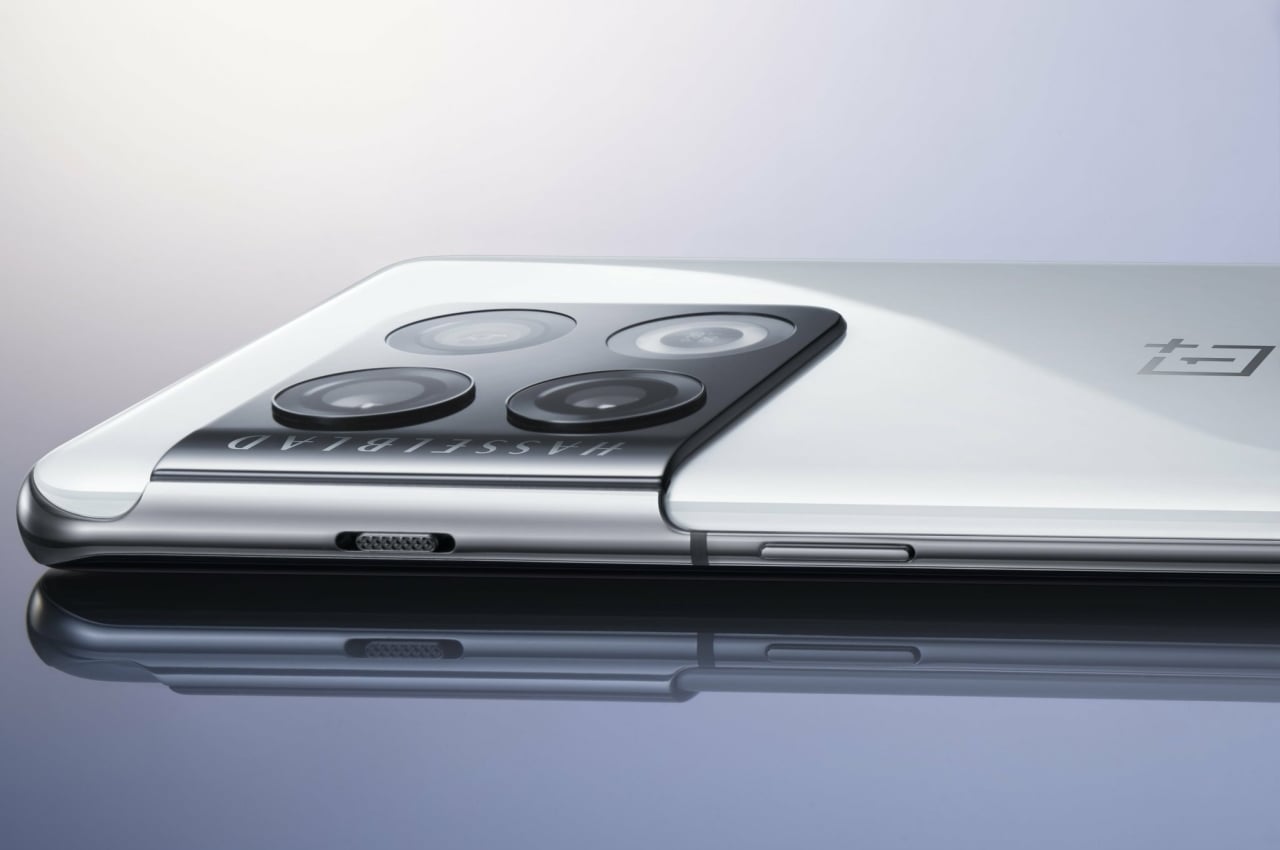
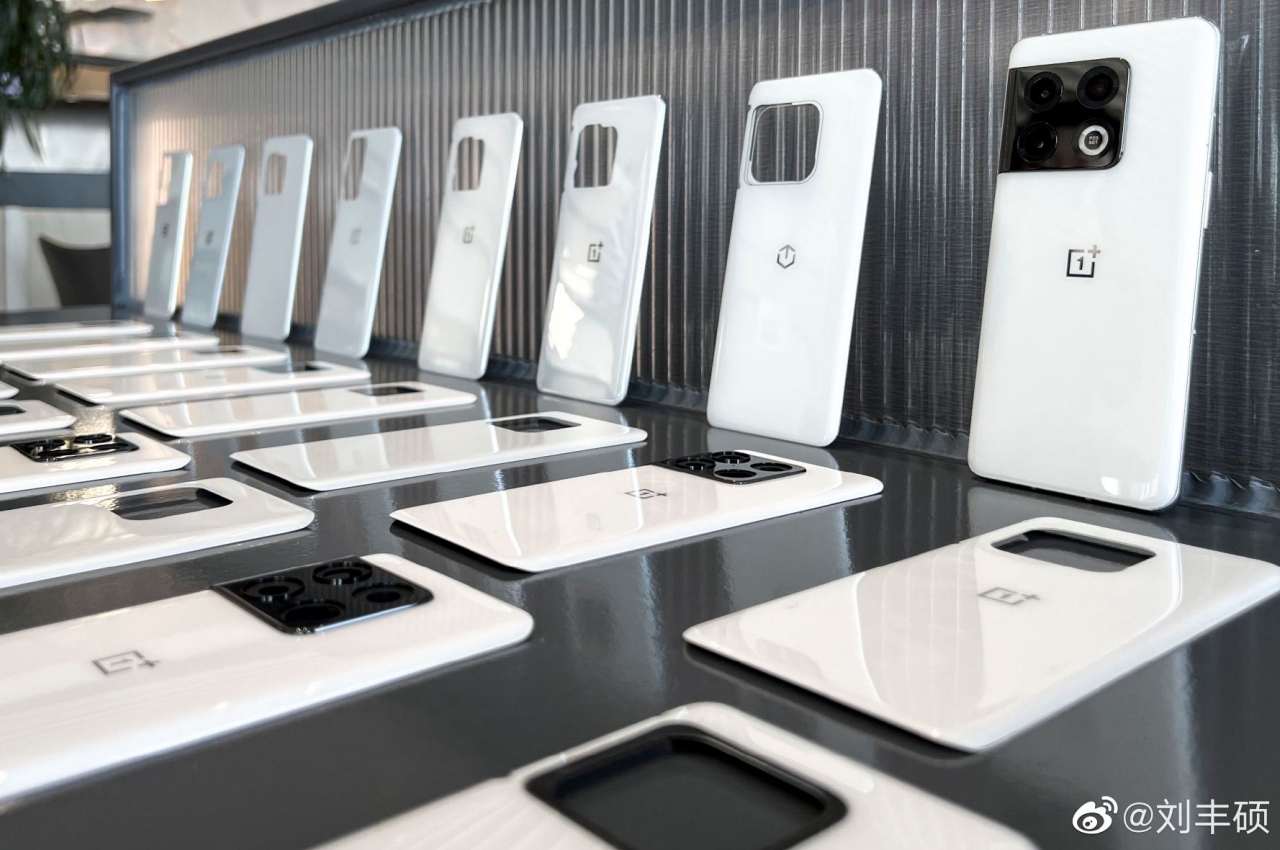
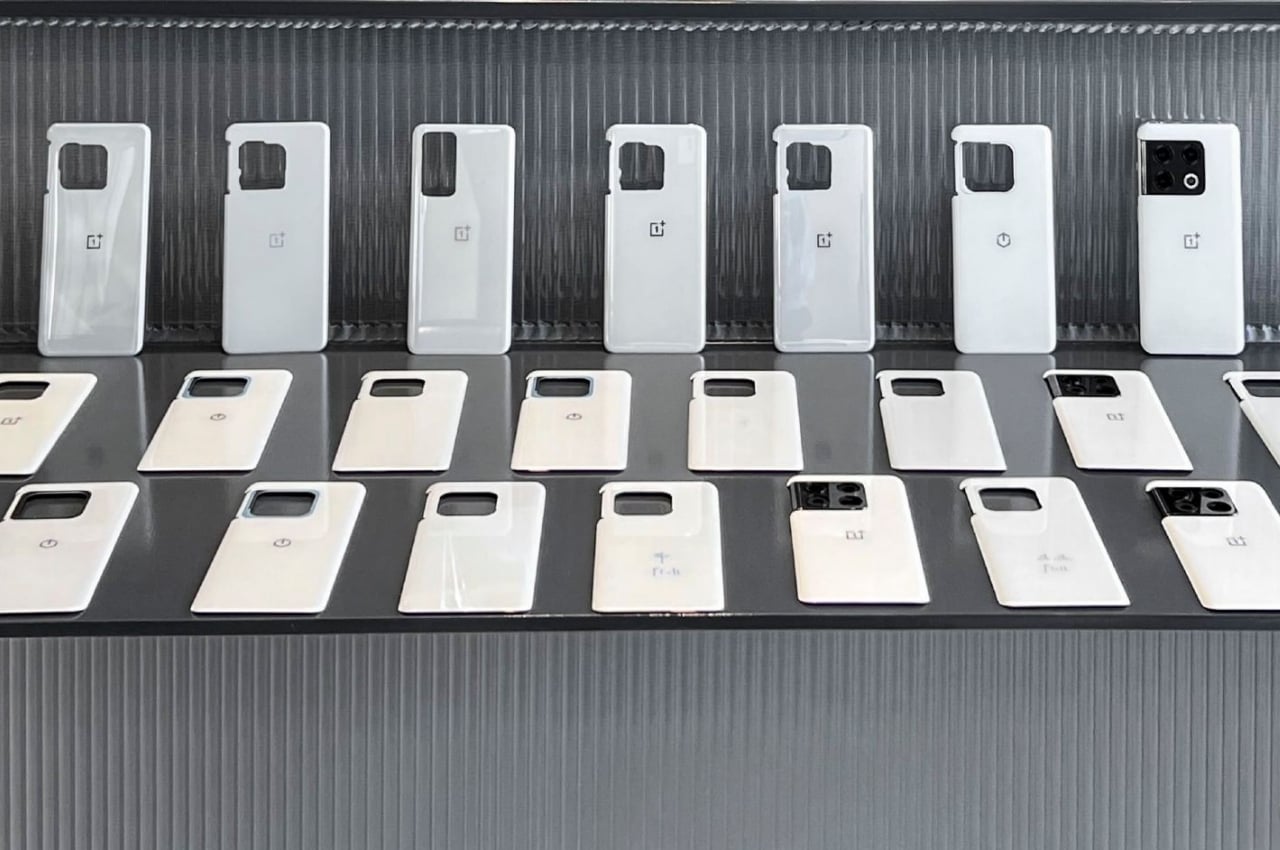
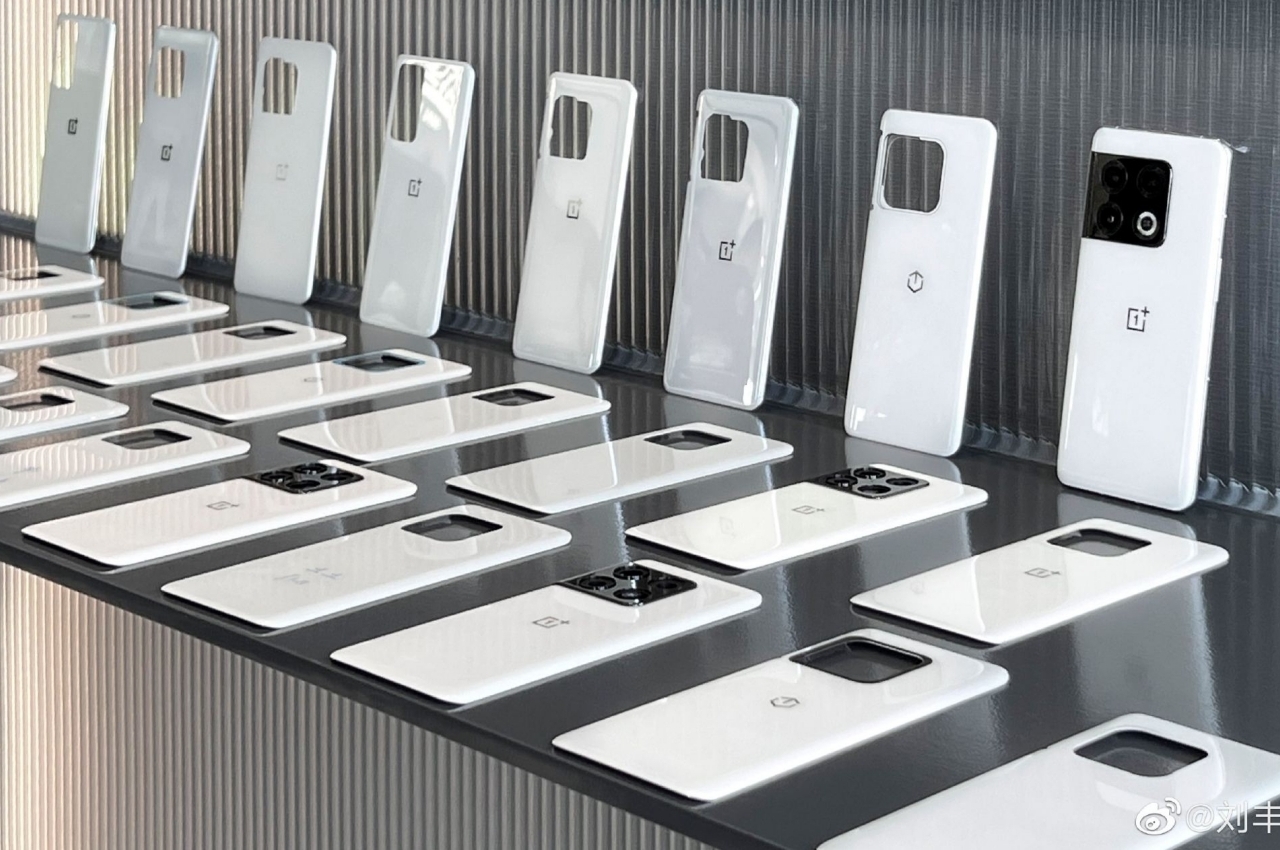
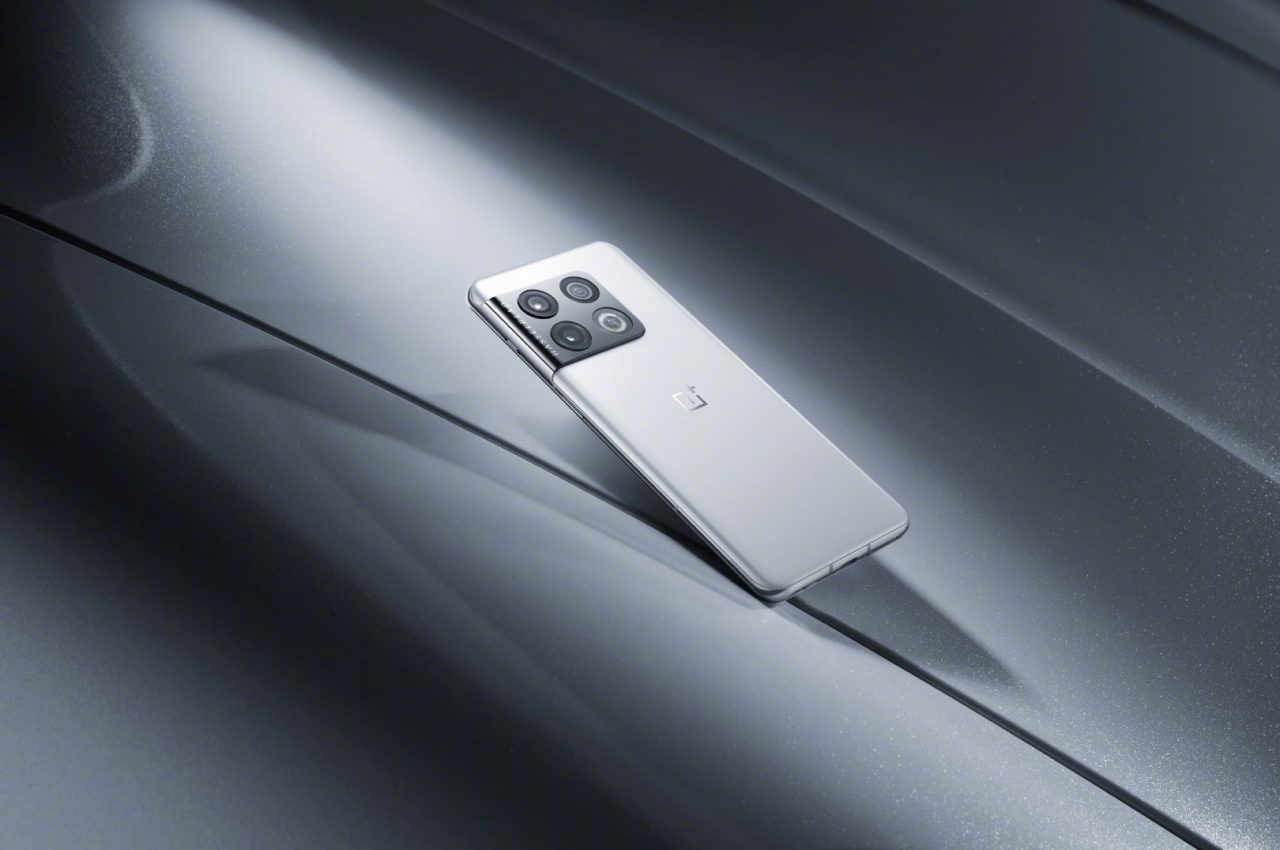





 The lack of diversity within artificial intelligence is pushing the field to a dangerous "tipping point," according to new research from the AI Now Institute. It says that due to an overwhelming proportion of white males in the field, the technology...
The lack of diversity within artificial intelligence is pushing the field to a dangerous "tipping point," according to new research from the AI Now Institute. It says that due to an overwhelming proportion of white males in the field, the technology...
